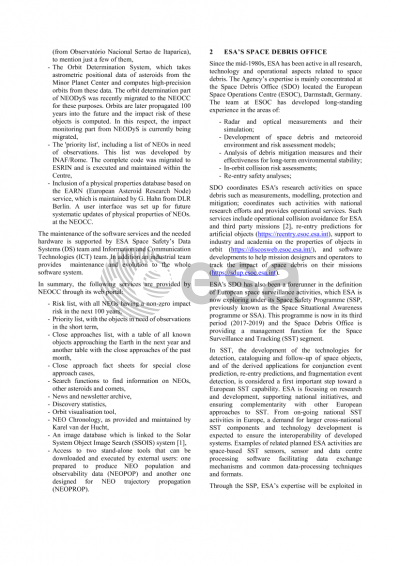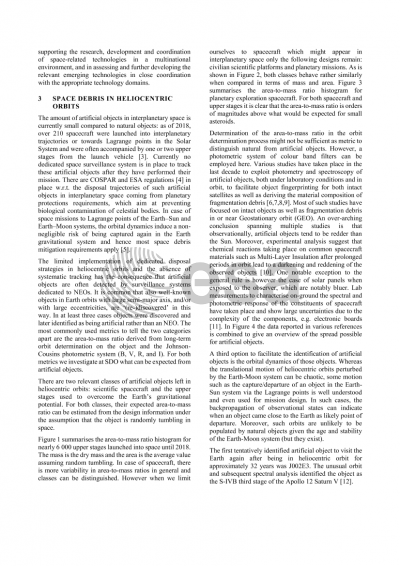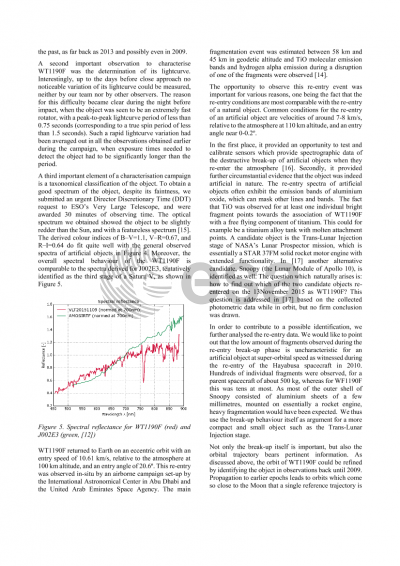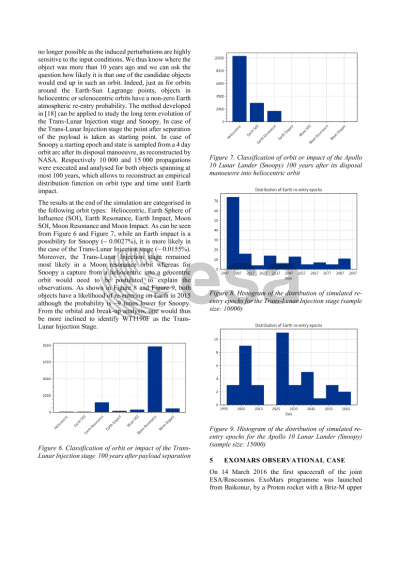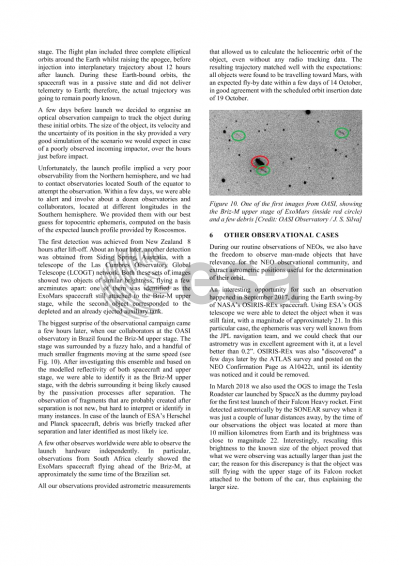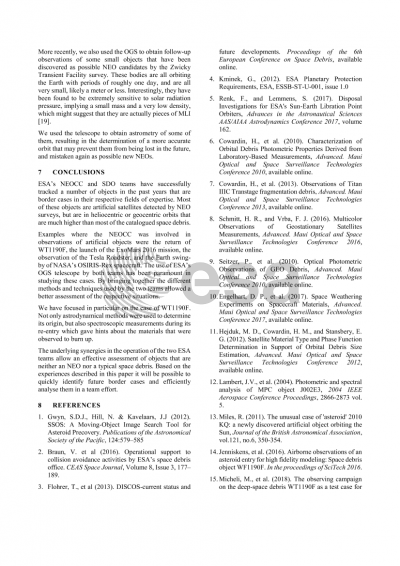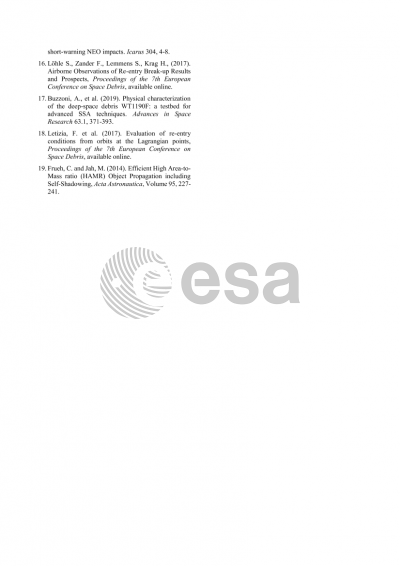Document details
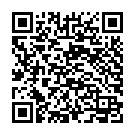
Abstract
ESA’s NEO Coordination Centre (NEOCC) located at ESRIN currently hosts a number of functions and services related to NEO follow up, orbit determination and impact monitoring information. NEO follow up is accomplished by means of several telescopes, ranging from ESA’s OGS in the Canary Islands to the VLT in Chile under a dedicated agreement with the European Southern Observatory (ESO), as well as with other collaborating observatories. The acquired astrometric measurements are reported to the Minor Planet Center (MPC). MPC observations are used to compute an accurate representation of the NEO orbits as well as the associated uncertainties. After the migration of the NEODyS orbit determination (OD) function to the NEOCC, the centre is already performing the OD procedure on a regular basis. The impact monitoring function is currently being migrated, thus the available data is still relying on the one produced by the NEODyS system. Apart of the mentioned functions, NEOCC also hosts a NEO Priority List service, a NEO Close Approach list and a NEO properties database provided via a service level agreement with EARN.
Since the mid-1980s, ESA has been active in all research, technology and operational aspects related to space debris. The agency’s expertise is mainly concentrated at the Space Debris Office located the European Space Operations Centre (ESOC), Darmstadt, Germany. The team at ESOC has developed long-standing experience in the areas of: radar and optical measurements and their simulation, development of space debris and meteoroid environment and risk assessment models, analysis of debris mitigation measures and their effectiveness for long-term environmental stability, in-orbit collision risk assessments, re-entry safety analyses, and space debris database issues. the Space Debris Office coordinates ESA's research activities on space debris, coordinates such activities with national research efforts and provides operational services.
As of 2018, over 210 spacecraft have been launched into interplanetary trajectories or towards Lagrange points in the solar system. More often than not, these spacecraft on exploration missions where trailed by one or two stages from the launch vehicle which put them into orbit. Sometimes even avoidance manoeuvres were required to ensure that a collision would not take place. The probability that these hundreds of objects would every find themselves in the Earth – Moon system again is small but not negligible. At least two likely candidates to be artificial space debris returning from heliocentric orbits have been spotted during the last two decades: J002E3 and WT1190F.
In relation to the observational activities, a number of scenarios related to those objects have been recently exploited which speak of the synergies between the NEO observational activities and the SST ones. The first observational campaign at NEOCC targeting a man-made object dates back to 2015 when WT1190F, an object discovered by an asteroid survey, was found to be in a very high Earth orbit and in an impacting trajectory with Earth a few weeks later. The measurement of its area to mass ratio quickly proved that the object was of artificial nature: nevertheless, its steep impacting trajectory provided an ideal test case to simulate the observational activities that would be needed if it were an asteroidal impactor. We quickly organized a campaign involving a large number of observatories, obtaining astrometric, photometric and spectroscopic observations up to an hour before impact. At the same time, ESA also provided staff and instrumentation to an international campaign that observed the re-entry from an airplane over the Southern coast of Sri Lanka.
A few months later the launch of ExoMars provided an opportunity for a further test of the interaction between NEO and SST observers. The trajectory of the spacecraft in the hours between launch and acquisition of first signal was not accurately known in advance, and the ephemeris was therefore subject to a significant uncertainty. At the same time, due to its proximity to Earth, the object was expected to be bright and fast moving, providing an ideal test case for the challenges of observing a small asteroid in an impacting trajectory. We contacted various observatories in the Southern hemisphere and developed a tool to compute customised ephemerides for them. In the hours after launch we received reports and images of successful observations from a dozen observatories, and were able to accurately measure the object in their images. A set of exposures obtained by the OASI observatory in Brazil proved to be extremely interesting, showing evidence of a large number of fragments in the vicinity of the spacecraft’s upper stage.
Preview

